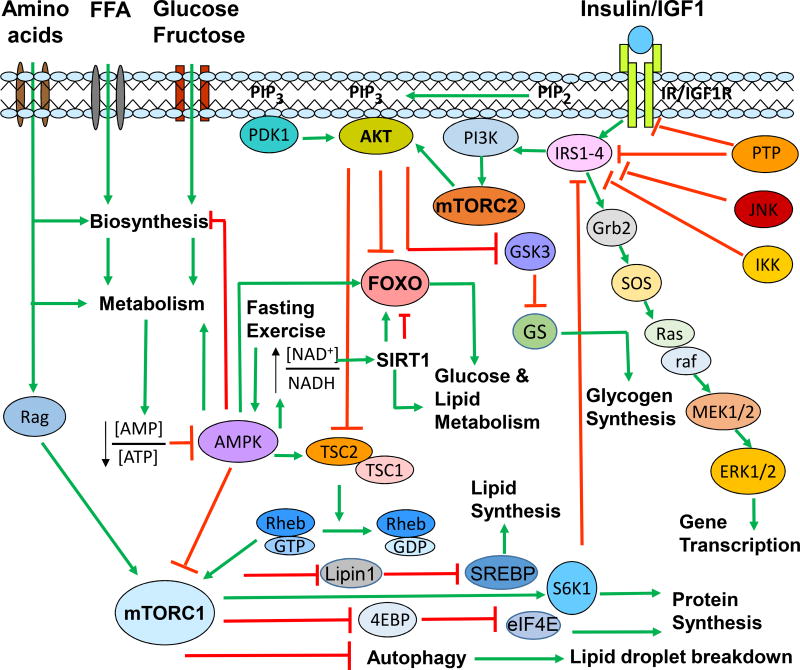Figure 2. Insulin signaling and nutrient sensing pathways in hepatocytes.
Major signaling cascades in the insulin and amino acid signaling pathways are outlined in this simplified diagram. Insulin and nutrient signaling is normally integrated to maintain metabolic homeostasis. Insulin plays a critical role in glucose, lipid, and protein metabolism. Upon insulin stimulation, the insulin signaling cascade (IR→IRS→PI3K→PDK1/mTORC2→AKT) is activated. As a major kinase in the downstream of the insulin signaling, AKT controls hepatic glucose and lipid homeostasis. AKT activates glycogen synthesis by inhibiting GSK3 through phosphorylation. Meanwhile, AKT also inhibits the FOXO transcriptional activity for hepatic gluconeogenesis through phosphorylation and nuclear exclusion of FOXO. AKT also promotes lipid and protein synthesis through activation of mTORC1. In addition to insulin, amino acids also activate mTORC1 to promote protein synthesis and inhibit autophagy. mTORC1 stimulates lipogenesis through activation of SREBPs. FOXO is also modulated via deacetylation by SIRT1, an NAD+-dependent deacetylase. The energy sensor AMPK regulates metabolic homeostasis through activation of FOXO and inhibition of mTORC1.

